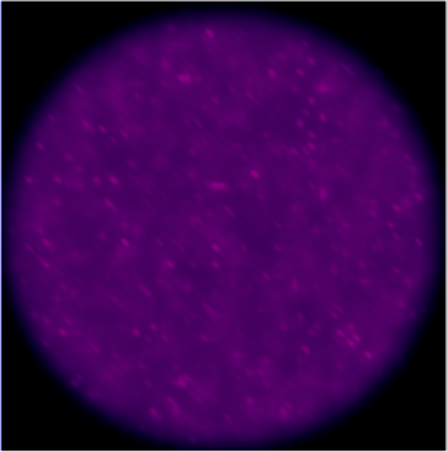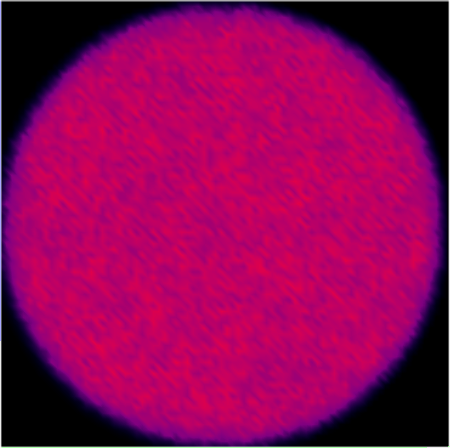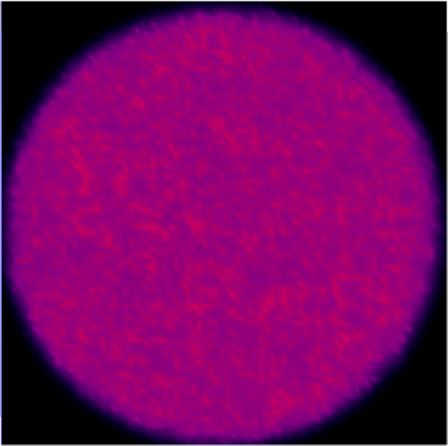Some say it is serendipity. In reality, maybe it is just the human ability to increase awareness once your attention has been attracted. For example, you’re thinking about buying a black Subaru when you suddenly notice how many black Subarus are on the road.

I had been thinking of late about the Green Flash, a rare optical phenomenon that I experienced once, years ago, on the Pacific shore at Monterey California. It was memorable not only because of its surprising appearance, and its brevity, but because it was one of the most monochromatically pure and intense visions I’ve experienced.
I have since watched many sunsets over the water, trying to witness again what I saw in Monterrey. I recently watched for it from the air, flying towards the Gulf of Mexico as the sun set. I have watched from an elevated pavilion at St. Andrews State Park in Panama City, Florida.
So far, nothing has come even close to matching what I once saw. That is one of the givens for the Green Flash; witnessing it is oftentimes considered a once-in-a-lifetime event.
The closest I’ve come recently was seeing a greenish tint on the top part of the sun as it appeared to be half way below the horizon. My wife confirmed what I was seeing, but the brilliant flash of emerald green I saw in Monterey has eluded me.
And then like the black Subaru, I saw the Green Flash again recently in a rented 2007 movie, “Pirates of the Caribbean: At World’s End.” 
But it was not the same. The Green Flash appeared in the movie like the flash from a nuclear explosion, stretching from one side of the screen to the other. There were even sound effects.
That was not the Green Flash I know.
I don’t blame Hollywood for its hyperbole. After all, I don’t think the beauty of what I once saw would convey well on the silver screen, or the TV screen. In fact photographs, such as the ones above or on the Internet fail to capture the essence of it. The brilliance of color from the flash is otherworldly — it cannot be easily reproduced.
I chuckled at the point in the Pirates of the Caribbean script when the statement is made that the Green Flash means a soul is coming back from the dead.

“Ever gazed upon the green flash, Master Gibbs?”
“I reckon I’ve seen my fair share. Happens on rare occasion; the last
glimpse of sunset, a green flash shoots up into the sky. Some go their whole lives without ever seeing it. Some claim to have seen it who ain’t. And some say—”
“It signals when a soul comes back to this world, from the dead!”
I’m as intrigued with the paranormal as the next person, but I know what 18th century pirates could not know; the green flash is a physical phenomenon, not a metaphysical one.
According to some bloggers, and Wikipedia, the purported association between souls and the Green Flash was promulgated by Jules Verne through his fiction. Supposedly Verne claimed it to be an old Scottish legend in his 1882 novel Le Rayon-Vert, according to which, one who has seen the Green Ray is incapable of being “deceived in matters of sentiment,” so that “he who has been fortunate enough once to behold it is enabled to see closely into his own heart and to read the thoughts of others.”
Others have misquoted the passage to say that “if one were to peer in the light of the green flash they would gain the power to read the very souls of other people they met.” But that quotation is a no truer translation from the French.
As I said, Verne’s passage is a fictional myth. So, one good fiction leads to another. And of course a little Hollywood computer graphics and sound effects makes it that much better.
But what inspired me to write about the Green Flash is the resemblance, in my mind at least, between the Green Flash and inspiration.
Inspiration comes to me, and you as well I suspect, in a flash. It may be rare, but like the Green Flash it is all so clear, like a lucid dream; an “aha” moment. It is a revelation, perhaps.
Flashes of inspiration have power; they cause things to happen. Flashes of inspiration have led me to write poetry, science fiction, and non-fiction. Some would call it the writer’s Muse: I just call it that flash of inspiration that seemingly comes from outside me.
Through a flash of lucidity, inspiration caused me to invent a new type of rebreather underwater breathing apparatus. It also caused me, at a young age, to hop on a tiny 50 cc Honda motor-scooter and ride from Atlanta to almost my destination, Kansas City. (50 cc Honda scooters are not really  built for long distance cruising, but that didn’t stop me from trying and almost succeeding.)
built for long distance cruising, but that didn’t stop me from trying and almost succeeding.)
Inspiration has caused me to raise my hands to the heavens and feel the very presence of God.
Inspiration has propelled me to pull a union thug out of a courtroom and tell him I forgave him for the assault that broke my jaw. Like the cross-country motor scooter ride, not all inspired events would be considered sane except by the person inspired. But they can be life-changing.
Unlike the Green Flash, inspiration can come anytime, anywhere. But like the emerald flash of the setting sun, inspiration can occur when you least expect it.
Both are gifts to be treasured for a lifetime.

















